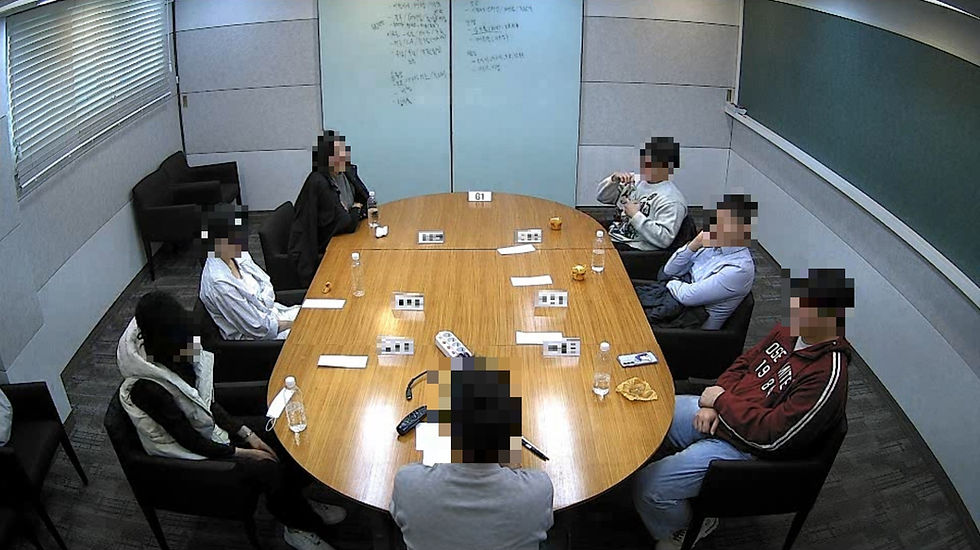Insights from the Korean Mobile Game Market: October 2023
- The Dr.K

- Oct 10, 2023
- 2 min read
In the bustling world of mobile gaming, South Korea stands out as a vibrant hub of innovation and revenue generation. With its tech-savvy population and a thriving gaming culture, the Korean mobile game market offers a unique landscape for gaming companies looking to explore new horizons. Understanding how Korean mobile game developers monetize their games can provide invaluable insights for businesses seeking to navigate this dynamic arena effectively.
Korean mobile game developers have mastered the art of monetization, employing a strategic blend of purchase options to maximize revenue. A staggering 5% of games are sold outright, offering players a premium experience from the get-go. This approach not only generates immediate revenue but also fosters a loyal customer base, essential for long-term success. Furthermore, a whopping 80% of Korean games incorporate mobile advertising, a testament to the effectiveness of targeted ads in engaging players. By seamlessly integrating ads into the gaming experience, developers strike a balance between revenue generation and user experience, ensuring that players remain immersed while advertisers reach their intended audience.
In-app purchases also play a pivotal role, with 50% of games offering additional content or features for a price. This freemium model allows players to enjoy the game for free while enticing them with enticing in-game purchases. These purchases, ranging from cosmetic items to gameplay-enhancing power-ups, create a steady stream of revenue while enhancing the overall gaming experience.

Global Perspectives: Contrasts and Comparisons
Comparing these strategies to the global mobile gaming landscape provides valuable insights. Globally, 4% of games require an initial purchase, signaling a slight difference from the Korean market. However, the real distinction lies in in-app purchases, with only 20% of games adopting this model worldwide. This variance highlights the Korean emphasis on providing additional content and features, indicating a strong demand for immersive, customizable gaming experiences. Additionally, the dominance of mobile advertising in both markets reaffirms its effectiveness as a revenue stream. By harnessing the power of targeted ads, developers can engage players while ensuring a steady flow of income.
Key Takeaways:
For gaming companies eyeing the Korean mobile game market, understanding these monetization strategies is paramount. By recognizing the preferences of Korean gamers and aligning their research and marketing efforts accordingly, businesses can unlock new opportunities for collaboration and growth.
1. Diversity in Monetization: Embrace a diverse monetization strategy that combines initial purchases, in-app offerings, and mobile advertising. By catering to different player preferences, developers can optimize revenue streams.
2. Focus on User Experience: Balancing revenue generation with a seamless user experience is crucial. Intrusive ads or aggressive in-app prompts can drive players away. Therefore, it's essential to prioritize user satisfaction while implementing monetization strategies.
3. Localized Insights: Korean gaming culture is unique, so it's vital to gather localized insights. Collaborate with local experts and conduct in-depth market research, such as UXR Player (uxrplayer.com) or DRK (thedrk.com), to understand player behavior, preferences, and trends specific to the Korean market.
4. Long-Term Engagement: Building a loyal player base is key to sustained success. Regular updates, engaging events, and responsive customer support contribute to player satisfaction, ensuring they continue to invest in the game over time.
Source: https://42matters.com/south-korea-mobile-gaming-statistics/




Comments